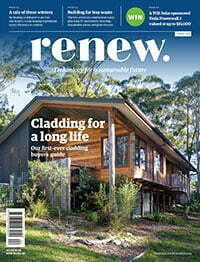Cladding case study: Charred for a long life
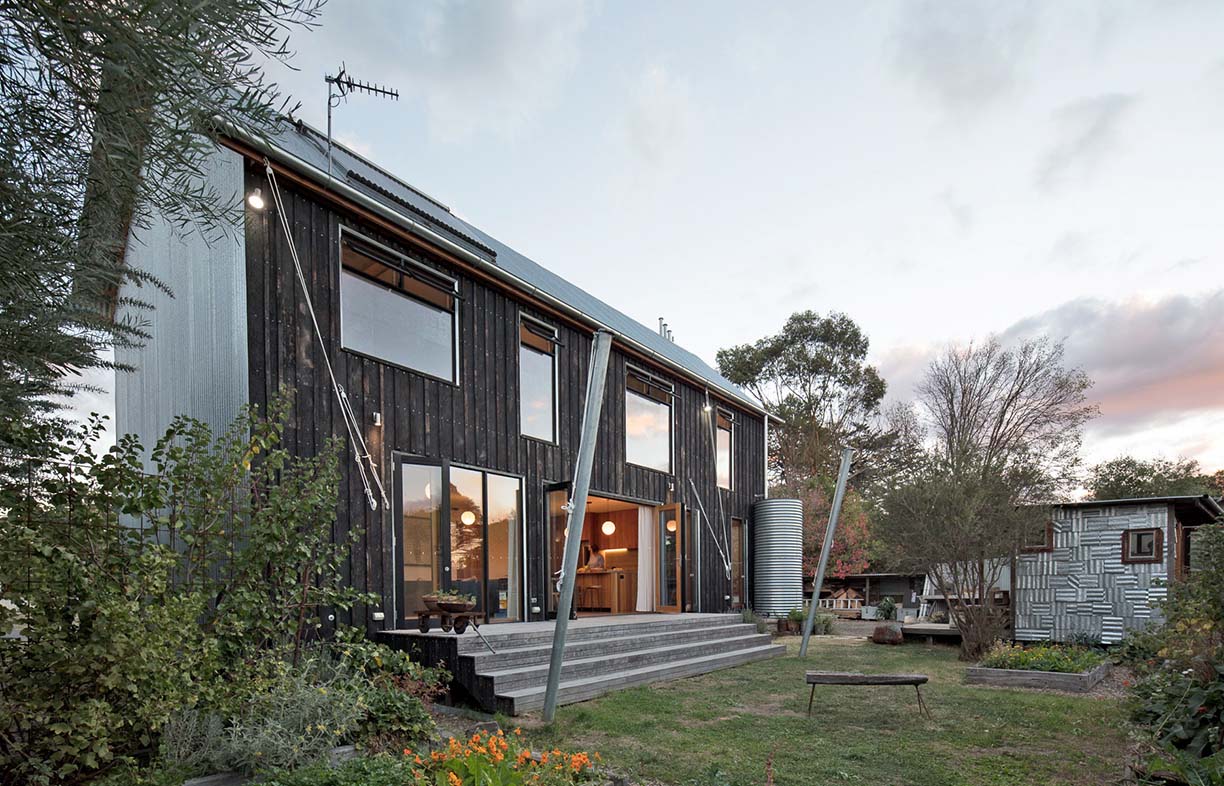
Quentin Irvine has been making and using charred timber cladding since 2015, both on his own house and for clients.
Quentin Irvine is an electronic engineer turned designer–builder, based in central Victoria, where he runs residential design and build company Inquire Invent. It’s his engineering background which has enabled him to add a sideline to his building business, making charred timber cladding for his own house (the Recyclable House, featured in ‘Cradle to Cradle’ in Sanctuary 44) and those of his clients.
The charred timber process comes from Japan, where it’s known as ‘yakisugi’ or ‘shou-sugi-ban’. Quentin first saw it used in a book by Japanese architect Terunobu Fujimori and was drawn to its “incredible look.” But his interest in it goes far beyond that: “It’s low in embodied energy, long lasting and sequesters carbon, but, above all else, it’s recyclable.”
With construction and demolition accounting for around 30% to 40% of Australia’s total waste, Quentin is on a quest to improve the recyclability of the buildings he constructs. “This type of cladding doesn’t require any glues or chemical finishes and we install it with stainless steel screws, so at the building’s end of life the timber can be cut up for biofuel and the screws reused to install a new batch of cladding or sold for recycling.”
Quentin and his company make the charred timber cladding using a machine he designed that’s fuelled by cladding offcuts with “a little bit of electricity (from solar).” They tried using a blow torch as shown on internet videos, but found that “incredibly slow and it used a hell of a lot of LPG.” He says that they are still net sequestering carbon: “Some of the timber is turned into CO2 during the burning process, but it’s only around 10% to 20% of the product that is going back to CO2.”
The lifespan of any timber product used for cladding will depend on the type of timber used, but Quentin notes that charring and oiling the timber can extend that life. He suggests the timber he uses (white cypress, Callitris glaucophylla) has a lifespan of about 40 years without any oiling or charring; “once charred, this life could be increased by as much as double according to some sources,” he says.
Oiling also helps the timber hold its char layer for longer. “Use an all-natural timber oil to keep it safe for recycling,” he says; they use a Bio Products decking oil.
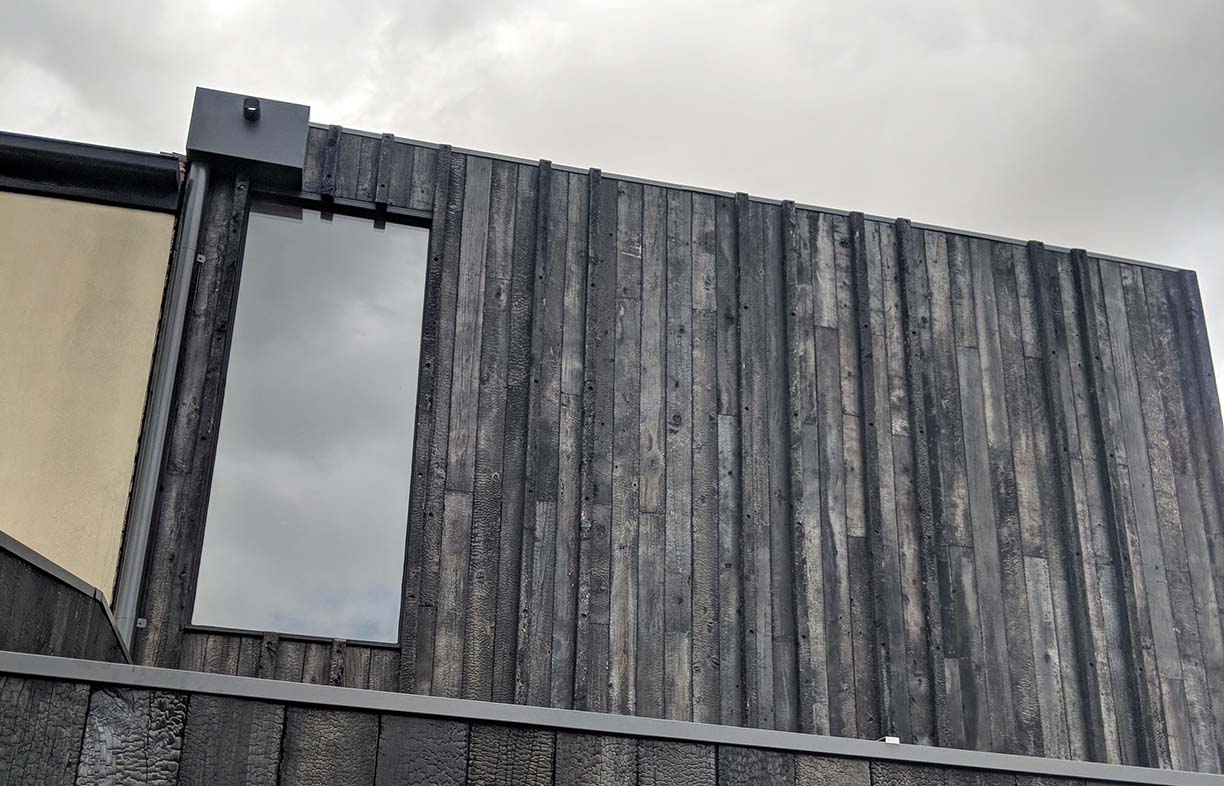
Quentin sources Australian timber to avoid the transport miles and unknowns of overseas timber harvesting. The timber is selectively logged from Australian state forests with PEFC certification. [Ed note: FSC is the preferred certification.] He chose white cypress for its long life, but is doing tests with timbers that don’t come from state forests to improve sustainability. One of the timbers he’s testing is Cupressus macrocarpa, but this has a shorter lifespan of around 7 to 15 years, pre-charring.
There is natural variation in the timber as well as the depth of char and “you just need to embrace this natural aspect,” says Quentin. He adds: “But most people who see it for the first time are surprised at how consistent the effect is.” It also weathers at different rates: “You always get a few boards that react differently to the flame and have char fall off more quickly, but these areas soon ‘grey off’ and blend in.”
He recommends avoiding using it in areas where people could lean against it as the char will rub off onto clothes. “It’s better for a second storey or areas with garden beds providing some separation.” However, at his own house, they have it on the wall next to their timber deck and haven’t had any issues.
Being black, the cladding absorbs heat, so it can move more than other timbers. But, he says, installed in a board and batten style (as on their Beaufort house), the movement is not readily noticeable. He also mitigates the heat build-up (and therefore heat into the house) by installing it on battens which let air circulate behind.
Quentin suggests when selecting cladding, to consider not just the cost per square metre, but also the lifespan of the product and the cost of installation and maintenance—”the cost per square metre per year is the true cost!”
He gives some example cost ranges: “Charred timber cladding ranges from $80/m2 to $174/m2, supply only. This compares to cedar cladding at around $156/m2, supply only, but this would not last as long, around 15 to 40 years without a finish—although, similar to charred cladding, it doesn’t require painting and could be recyclable. Another comparison is pre-primed weatherboards which cost, say, $21/m2 to $26/m2, supply only, but these are high in embodied energy, usually coming from overseas, need two coats of paint and regular repainting, and they are not recyclable.”
Finally, Quentin says to bear in mind that not all charred timber on the market is the same: “Some companies are using the wrong timber which results in the char falling off excessively and rapidly, and many are applying a Cutek CD50 decking oil, rendering it unrecyclable.” He says, “We have visited manufacturers in Japan to make sure we are doing it right.”
This case study accompanied our cladding buyers guide in Renew 149. To read the guide, you can buy a copy of the issue online, find it on newsstands, or become a subscriber.
Further reading
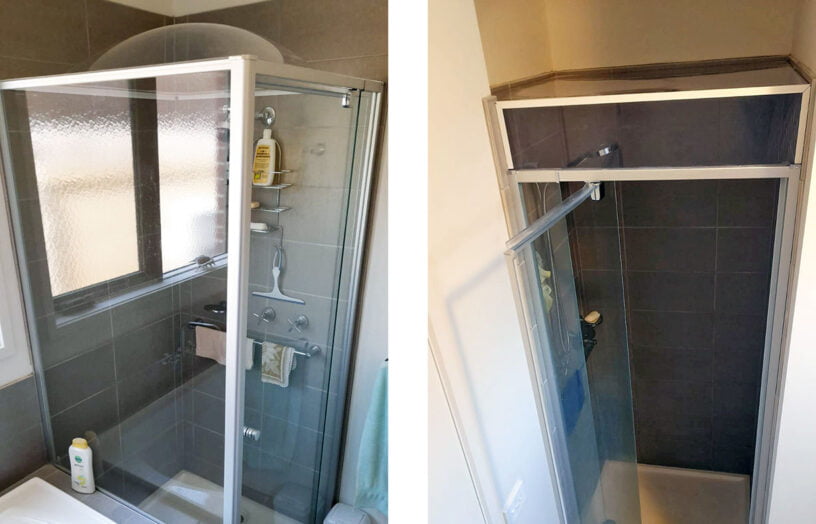 Efficient homes
Efficient homes
Ditching the shower fan
By fitting a lid on the shower, exhaust fans are not needed when showering. John Rogers describes this simple retrofit, using both a commercial product and a great looking DIY version.
Read more Efficient homes
Efficient homes
Building for a changing climate
Are we building homes for the future, or for the past? Rob McLeod investigates how climate change is impacting home energy ratings and the way we build our homes.
Read more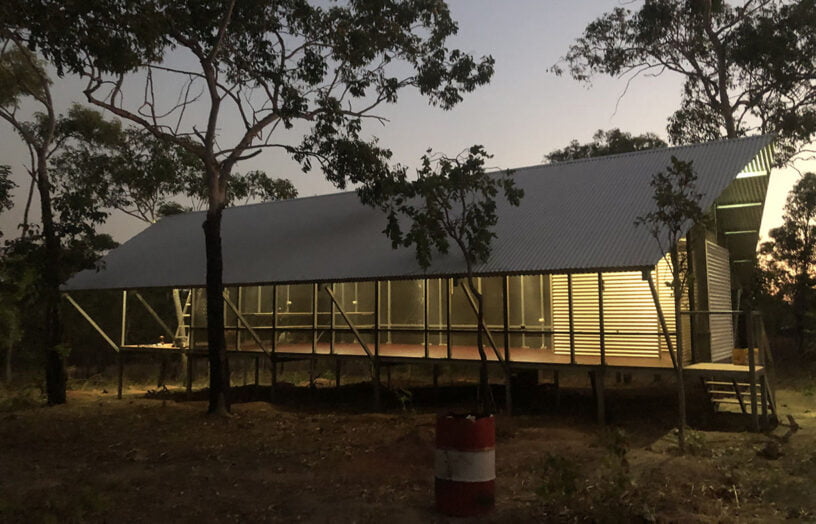 Efficient homes
Efficient homes
Remote communities leading the charge
We learn about four sustainability and renewable energy projects in remote Australia.
Read more

